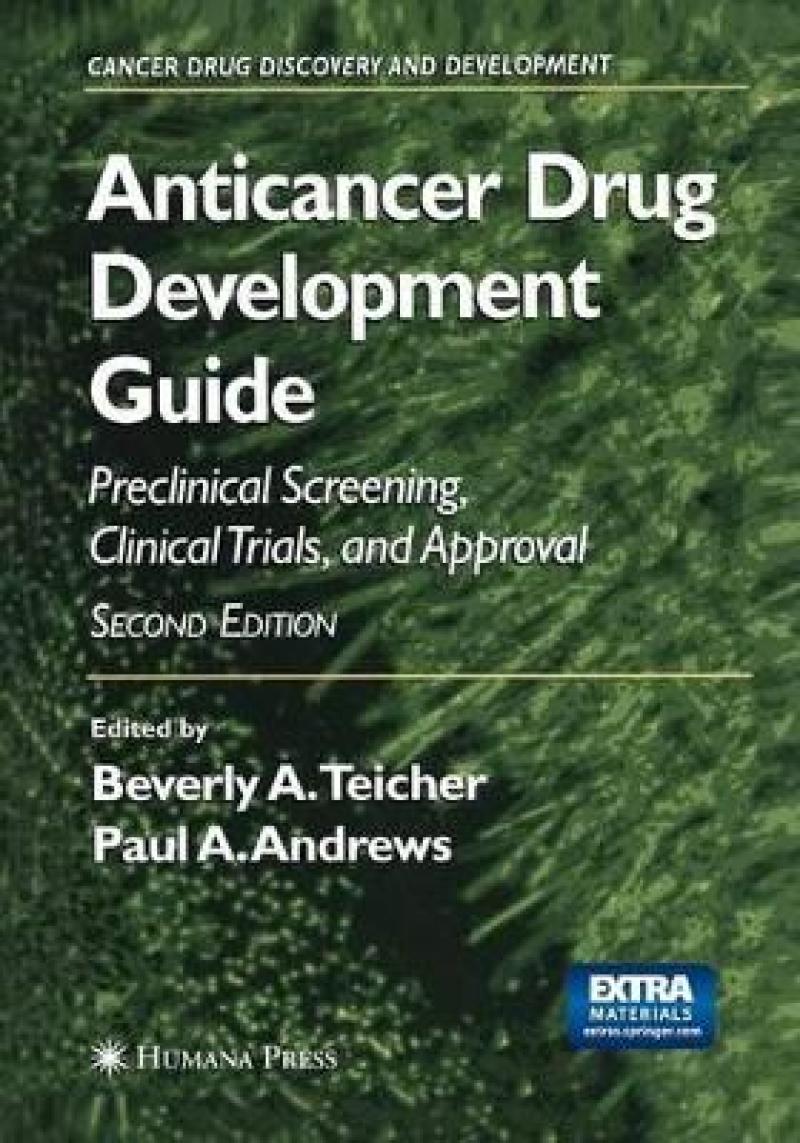From Reviews of the First Edition: "...traces the critically important pathway by which a 'molecule' becomes an 'an anticancer agent'." -Unlisted Drugs "...this book is a must for all oncology fellows and junior faculty interested in drug development and will be a welcome addition on the bookshelf of all oncologists, pharmacists and other professionals interested in understanding this complex area." -Journal of Clinical Oncology
Since the earliest widely used in vivo drug screening models were the murine L 1210 and P388 leukemias, the community came to assume that these murine tumor models were appropriate to the discovery of "antileukemia" agents, but that other tumor models would be needed to discover drugs active against solid tumors.
Les mer
In this thoroughly updated and expanded second edition of Beverly Teicher's widely used classic survey, Anticancer Drug Development Guide: Preclinical Screening, Clinical Trials, and Approval, leading cancer researchers from pharmaceutical companies, government laboratories, and academia provide a step-by-step guide to anticancer drug development from initial design through FDA approval. The authors have included new material on the use of high-throughput screening in industry, on specialized in vitro/in vivo procedures employed by the National Cancer Institute (NCI) in preclinical drug evaluations, and on nonclinical testing to support both human clinical trials, as well as trials of biologic oncology products. There are also new chapters on health-related quality of life (HRQL) issues in cancer clinical trials, and FDA review and requirements for approval of oncologic products. The chapters on phase I, II, and III clinical trials and on novel phase II clinical trial designs for targeted therapies have been significantly updated, along with those on cancer drug development in Europe, on working with the NCI, as well as on the FDA's role in cancer drug development and in setting requirements for approval.
Authoritative and up-to-date, Anticancer Drug Development Guide: Preclinical Screening, Clinical Trials, and Approval takes oncologists, pharmacologists, medicinal chemists, and other cancer researchers on an encyclopedic tour of the cancer drug development and approval process, moving from the design and execution of high-throughput screens, to preclinical testing, to safety and toxicity testing under FDA requirements, to early clinical trials, and on to final FDA approval.
Authoritative and up-to-date, Anticancer Drug Development Guide: Preclinical Screening, Clinical Trials, and Approval takes oncologists, pharmacologists, medicinal chemists, and other cancer researchers on an encyclopedic tour of the cancer drug development and approval process, moving from the design and execution of high-throughput screens, to preclinical testing, to safety and toxicity testing under FDA requirements, to early clinical trials, and on to final FDA approval.
Les mer
Springer Book Archives
Springer Book Archives
Includes supplementary material: sn.pub/extras
GPSR Compliance
The European Union's (EU) General Product Safety Regulation (GPSR) is a set of rules that requires consumer products to be safe and our obligations to ensure this.
If you have any concerns about our products you can contact us on ProductSafety@springernature.com.
In case Publisher is established outside the EU, the EU authorized representative is:
Springer Nature Customer Service Center GmbH
Europaplatz 3
69115 Heidelberg, Germany
ProductSafety@springernature.com
Les mer
Produktdetaljer
ISBN
9781468498417
Publisert
2012-08-08
Utgiver
Humana Press Inc.; Humana Press Inc.
Høyde
254 mm
Bredde
178 mm
Aldersnivå
Research, P, 06
Språk
Product language
Engelsk
Format
Product format
Heftet

